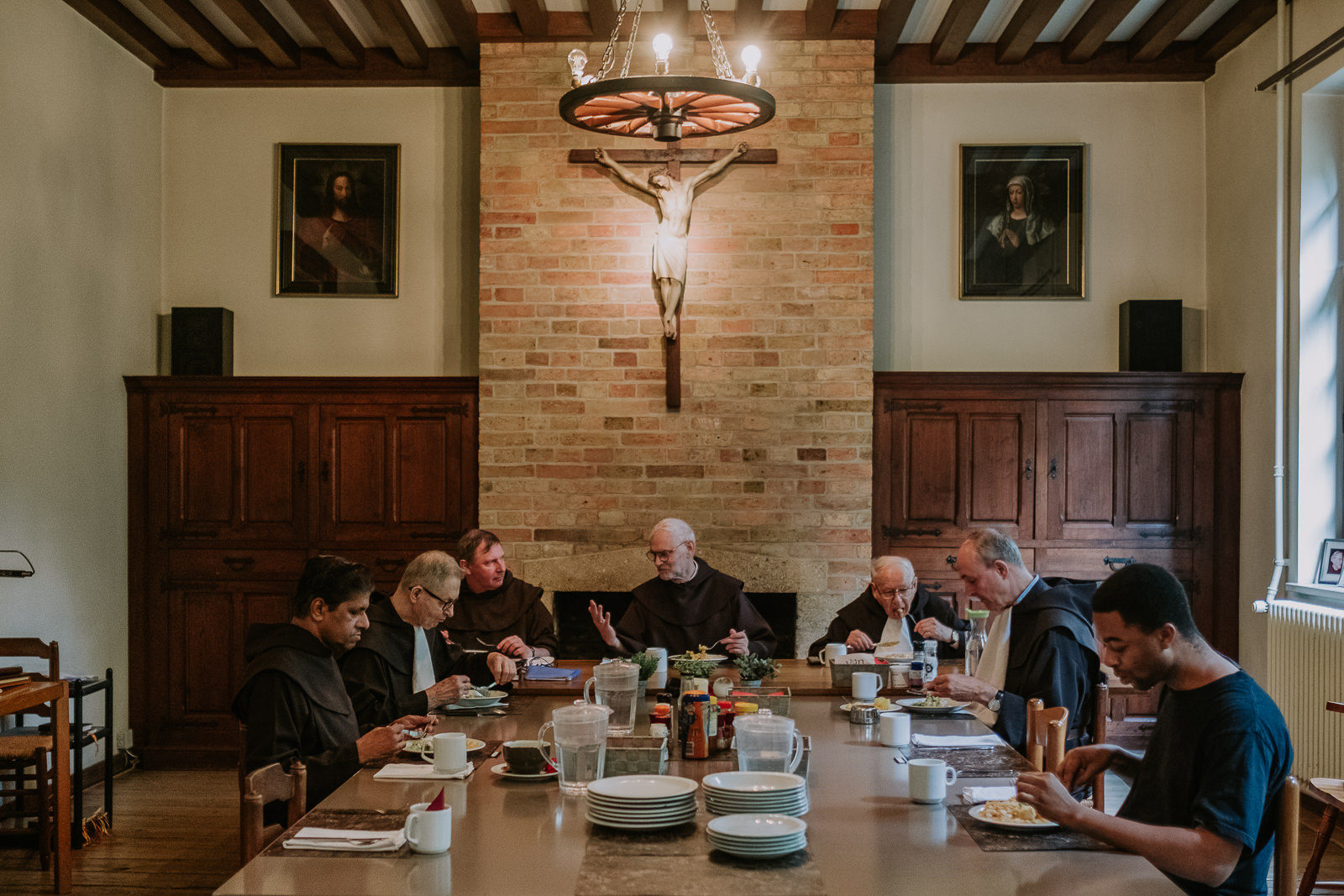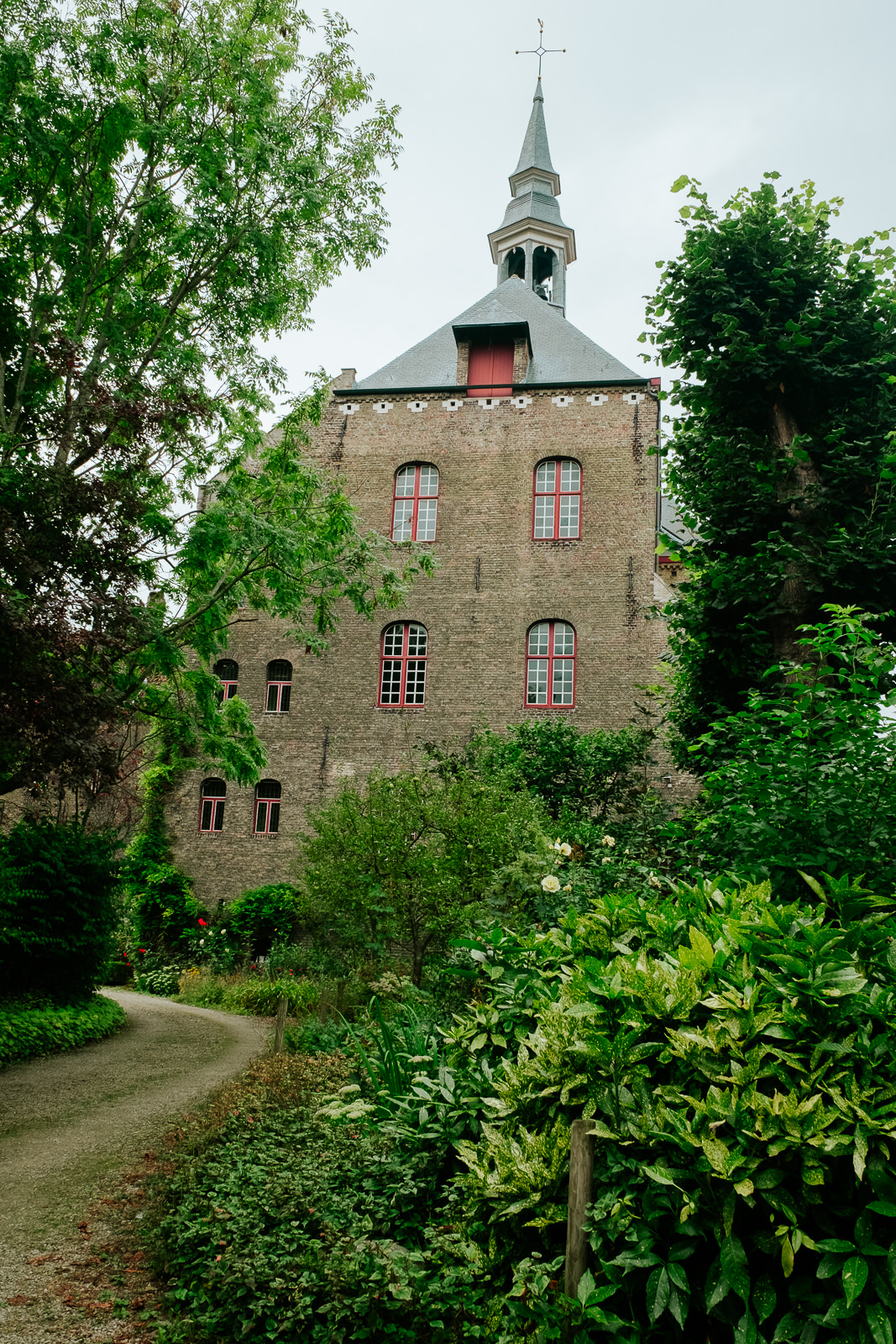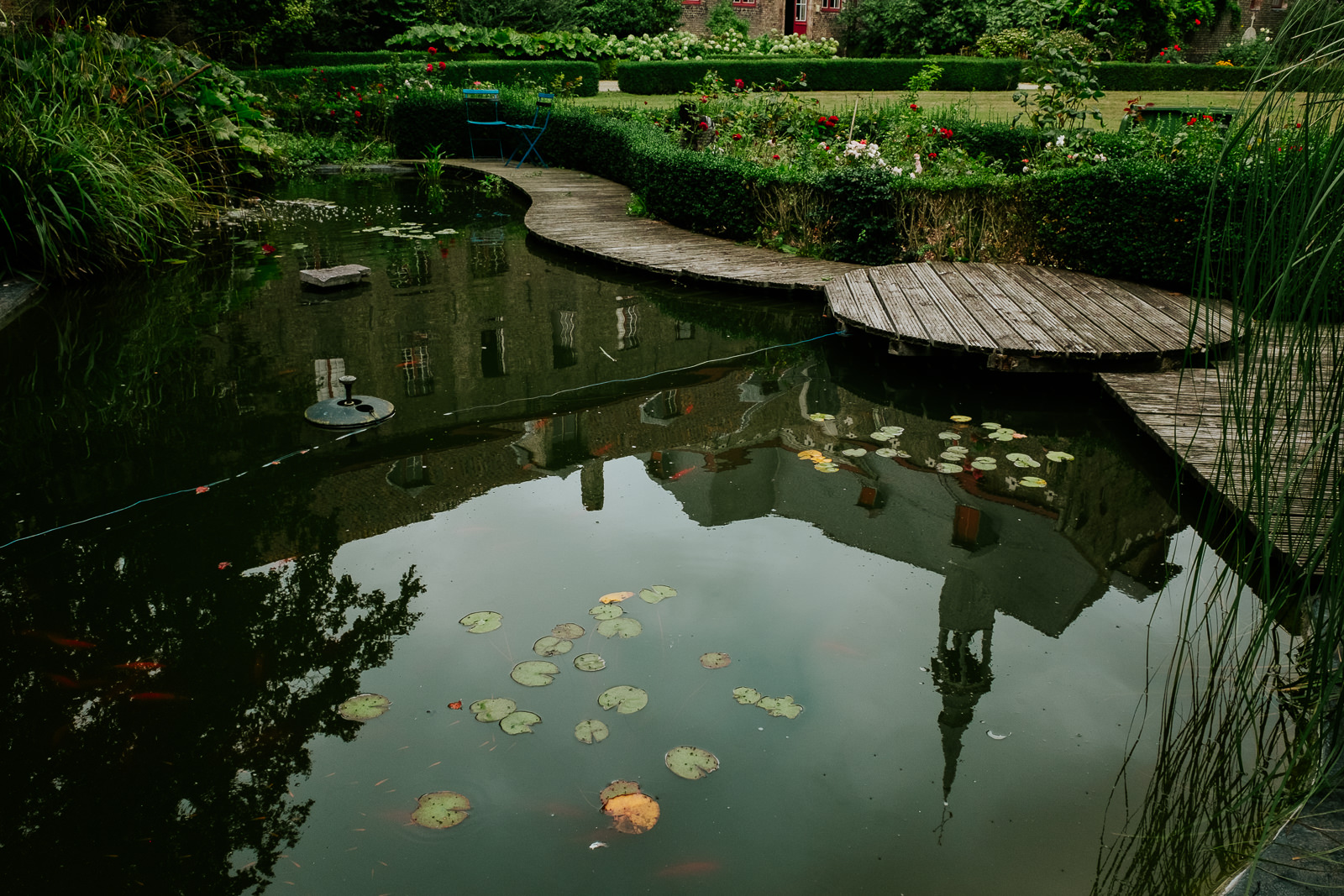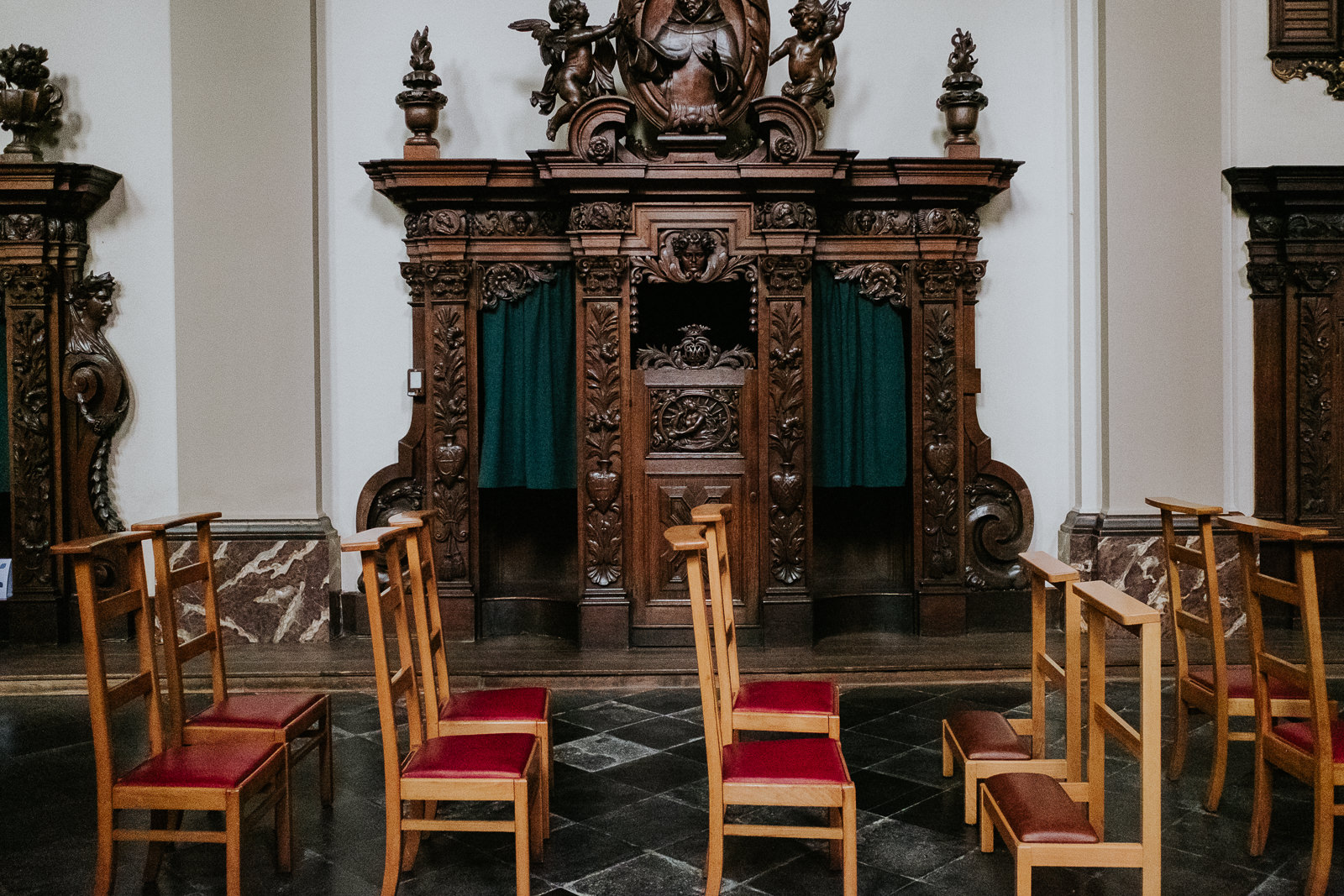Although Jesus never lived in a monastery (as far as we know), the Bible contains many stories that have continuously encouraged people to consider a different way of life.
Carmel
Monastic communities also sprung up on Mount Carmel, initially made up of hermits who more or less lived in communion. They drew inspiration from the Old Testament prophet Elijah, among others. Elijah retreated to a cave to encounter God there, in silence. rom the 11th century, Carmel monastic life gained more direction, through a very simple rule that the Carmelites still follow to this day. The heart of this rule is our life of prayer.
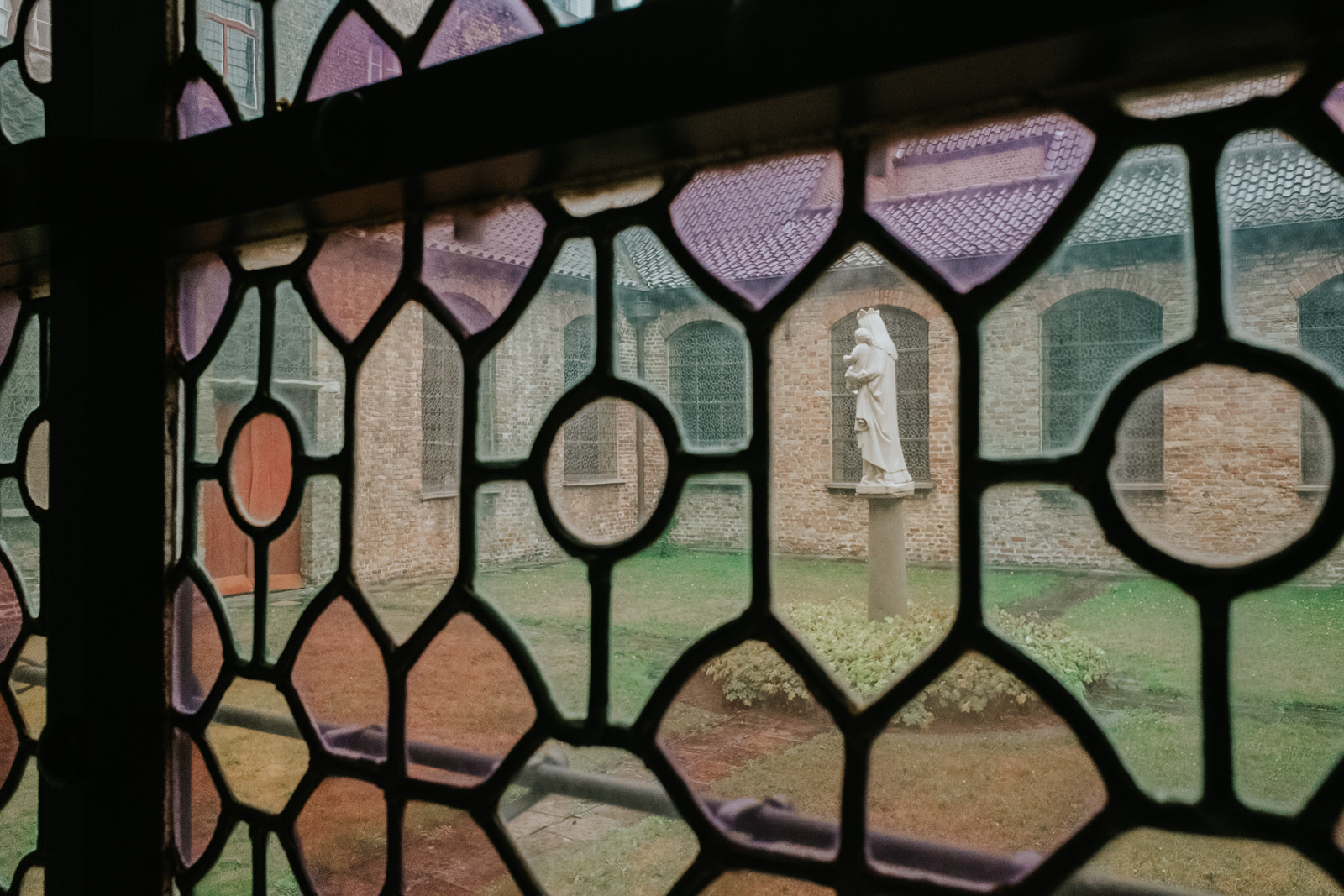
Spirituality
Every Carmelite is a Christian first and foremost, like any other Christian. As baptised people, we want to follow the Gospel and be a disciple of Jesus Christ. Carmelite spirituality does have its own emphasis on the inner relationship with God. In prayer and in silence, we continuously want to make space for God, who is closer to us than we are to ourselves. The encounter with God is the most important source of life to us, prayer is our oxygen and the community we are part of is a training school for love.
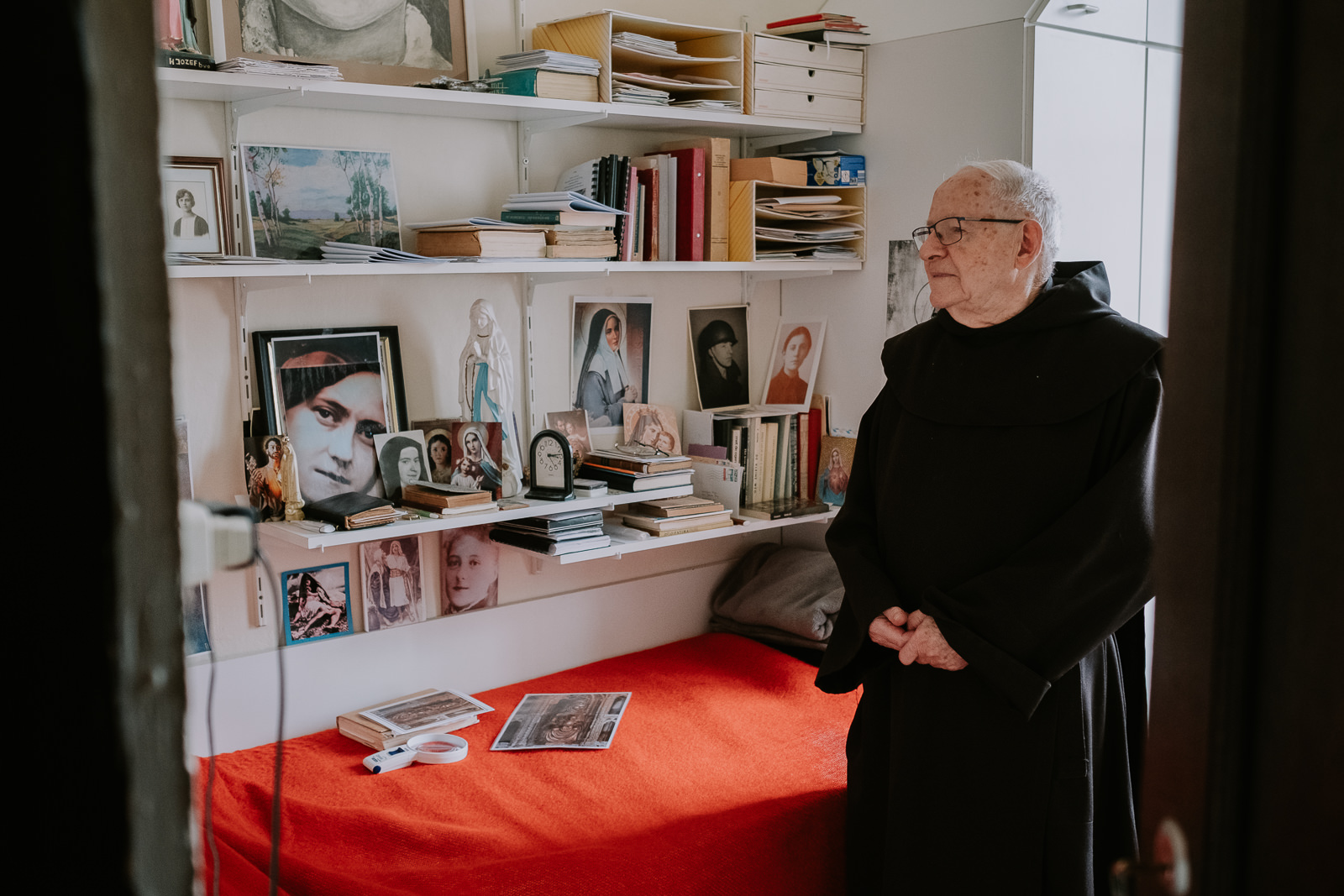
Monastic life
Living in accordance with the Carmel tradition is not just reserved for monks and nuns. However, they do so in their own, more intensive way than is usually possible for people who – as laypeople – have a family or live as a single person. In the male branch of the Carmel family, the contemplative charism is combined with apostolate works, such as spiritual direction or facilitating retreats. Some have roles as priests in the sacramental life of the Church. Others choose to be a monk and be part of the Carmel, with their own tasks. We would also like to expressly invite people who are interested in this calling.
The female branch of the Carmel is strictly contemplative. Yet they give substance to Teresa of Avila’s original ideal, and their prayers are an indispensable support to the male Carmelites.
